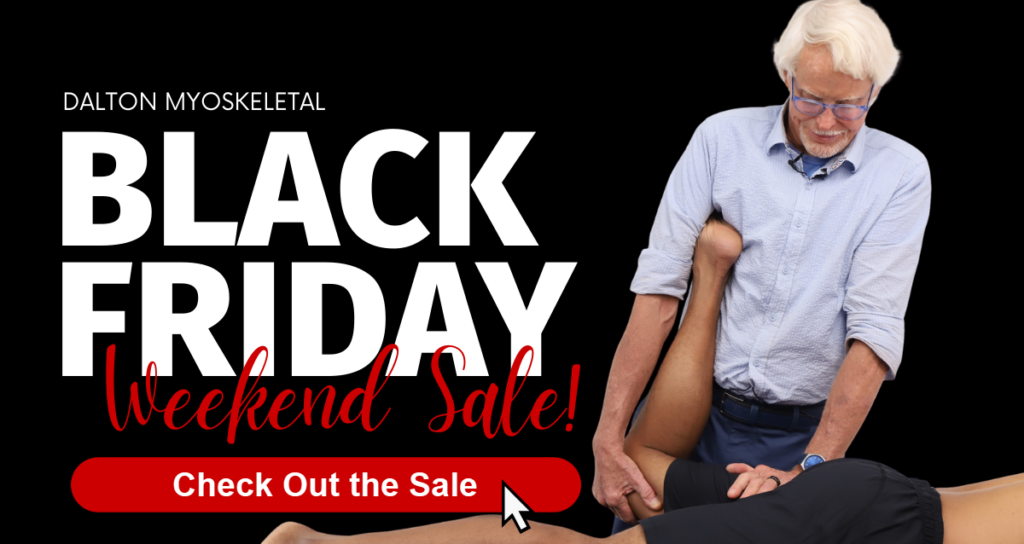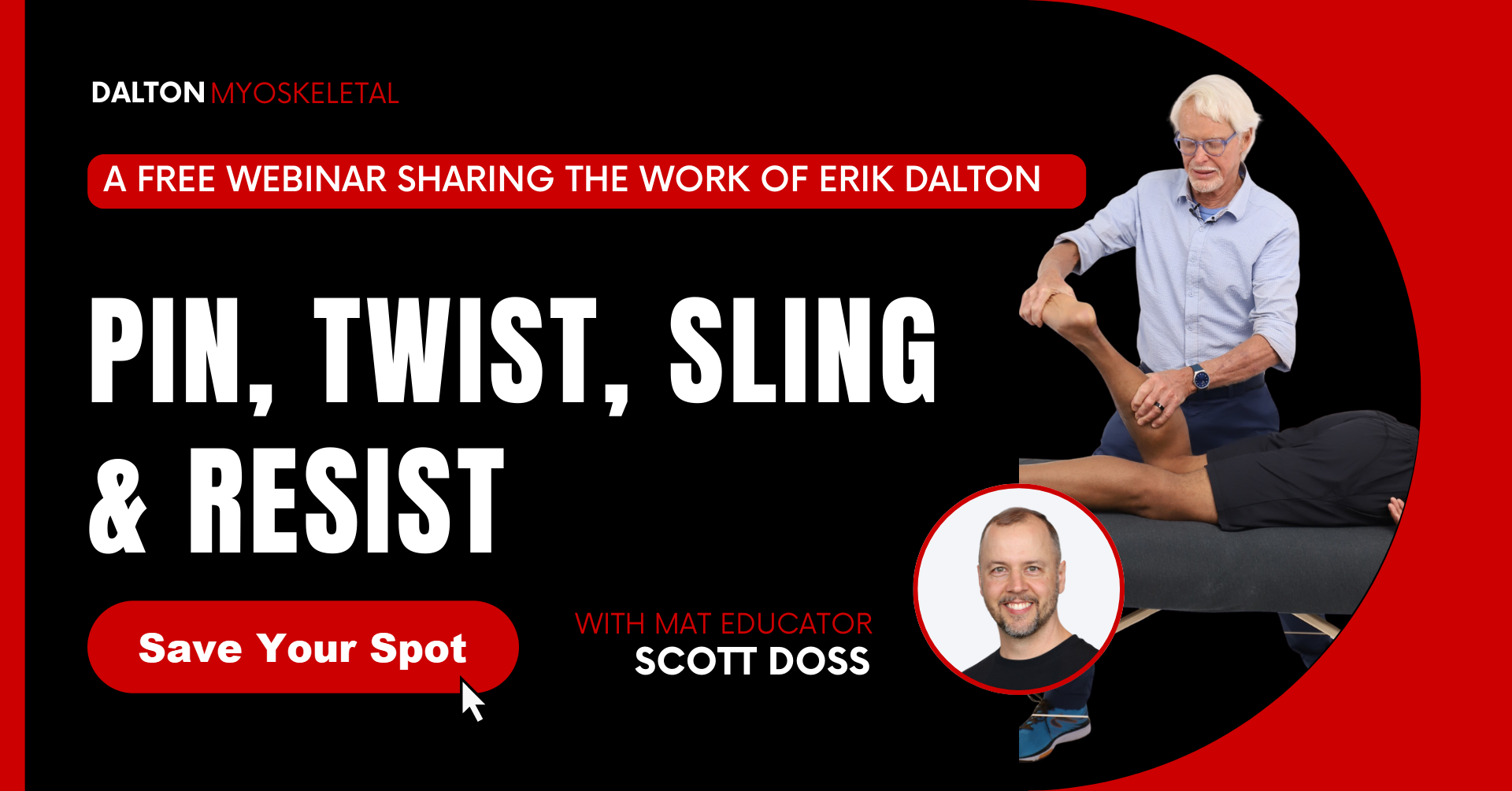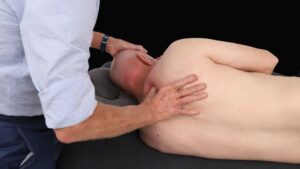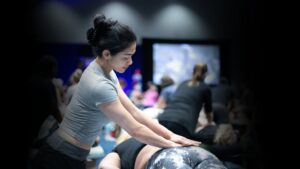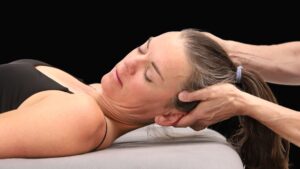Iliotibial band (ITB) syndrome is typically regarded as an overuse injury common in runners and cyclists. Recently, this controversial condition has gained greater attention due to recent articles that include my “IT-Band Friction Fallacy?”, Mark Charrette’s “Lateral Knee Pain and Orthotic Support“, and Whitney Lowe’s “New Perspectives on ITB Friction Syndrome“. When it comes down to it, Myoskeletal bodywork practices are the only true solution to the puzzle.
Although many researchers and clinicians are convinced that the patho-anatomy of iliotibial band friction syndrome (ITBF) is simple and understood, the jury is still out on the exact cause(s) of this lateral knee pain condition. Ignortantly following conventional wisdom may often point good clinicians to the wrong therapeutic path. The following example clearly shows how “chasing the pain” led physicians into a linear treatment protocol resulting in months of unwarranted pain and unnecessary medical interventions.
Case Study
Recently a 44-year-old orthopedist, who for our purposes will be called Dr. Smith, was referred to me complaining of eight months of debilitating, self-diagnosed, IT-band friction pain. During his history intake, he admitted suffering sporadic foot, hip and low back soreness but dismissed these issues as “unrelated.” A self-described “weekend-warrior,” Dr. Smith’s knee pain increased with excessive running or cycling. Both he and his staff (a physical therapist and physiatrist) had carefully scrutinized the painful knee and arrived at a unanimous diagnosis of ITBF based on results from Ober’s Test (determines the tightness of the ITB), Renne’s test (specifies the area of pain during weight bearing) and Noble’s test (identifies the area of pain when the leg is flexed at a certain angle). To further strengthen their diagnosis, MRI studies showed a thickened iliotibial band over the lateral femoral epicondyle. The conclusion: diagnosis confirmed as ITBF – case closed.
Dr. Smith related that his group’s initial treatment goals focused on relieving the (supposed) inflammation with ice treatments and anti-inflammatory medications followed by a series of physical therapy sessions. Unfortunately, the “series” of physical therapy slowly evolved into months of heartbreaking disappointment. Standard treatment modalities (stretching, ultrasound, electrical stim, cross-fiber frictioning and trigger point work) brought little relief. Discouraged with the lack of progress, Dr. Smith and his physiatrist partner began a more aggressive approach with corticosteroid and proliferation injections. Although many of their ITBF patients responded well to this treatment protocol, Dr. Smith did not. Desperate to get back to his biking and running regime, Smith decided to undertake a surgical release of the ITB at the posterior 2 cm where it passes over the lateral epicondyle, but still no relief. So how did eight months of aggressive treatment lead to unproductive failure? My Myoskeletal alignment home study techniques will reveal the answer.
Conventional Wisdom
ITBF is generally thought to be a multi-factorial, non-traumatic, overuse condition in which the distal aspect of the iliotibial band rubs over the lateral femoral epicondyle during repetitive knee flexion and extension movements. This eventually leads to irritation of the iliotibial band, bursa and lateral synovial recess. In this popular theoretical model, the deep posterior ITB fibers are more vulnerable to back-and-forth rubbing on the knee’s epicondyle. Several studies have described a dynamic “impingement zone” at approximately 30 degrees of knee flexion where the ITB is subject to microfiber tearing and associated inflammation.
Therapists who abide by this “conventional wisdom” often search for the sore spots around the condyle and cross-fiber friction the affected tissue in an effort to break down weak-linked adhesions, enhance fibroblastic activity and encourage tissue remodeling. Follow-up treatments usually include elbow “fascia-mashing” and manual ITB stretching routines. All of these techniques can be effective if ITB fibers truly are damaged.
Erik Dalton, Ph.D., Certified Advanced Rolfer, founded the Freedom From Pain Institute and created Myoskeletal Alignment Techniques to share his passion for massage, Rolfing, and manipulative osteopathy. Click on the Erik Dalton website for information on workshops, conferences, and CE home study courses.
Read More ~ published-articles/chasing-the-pain
